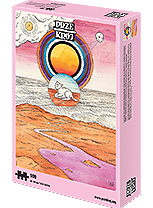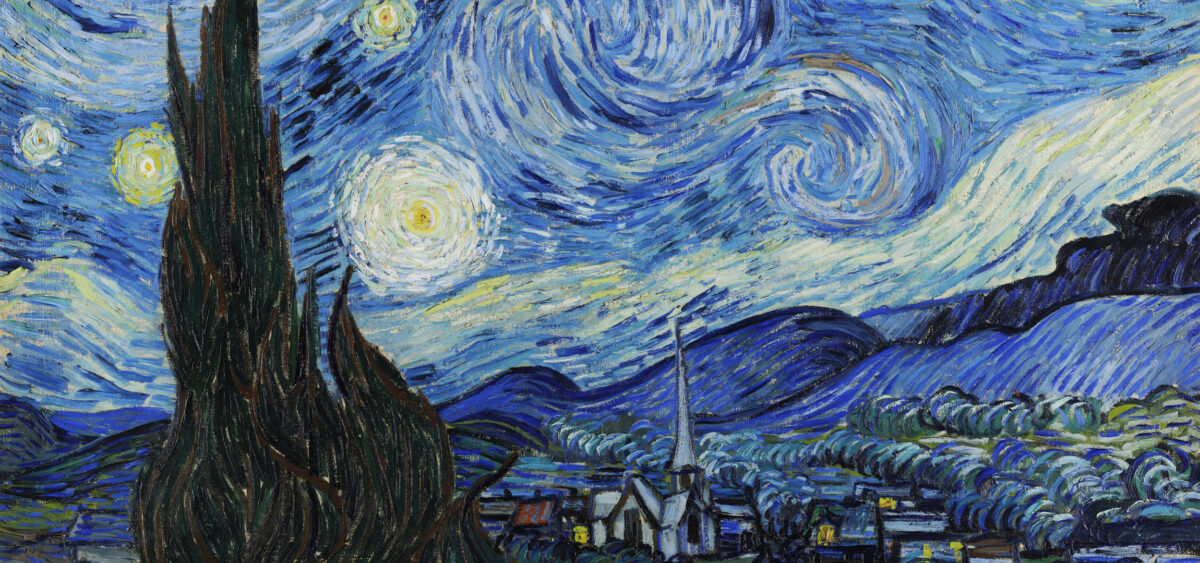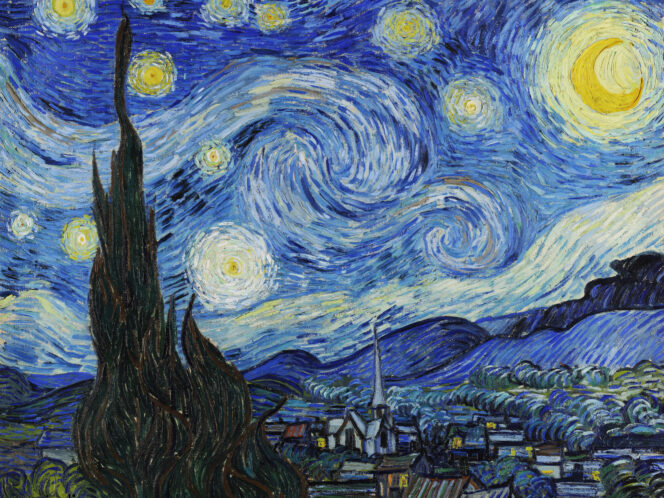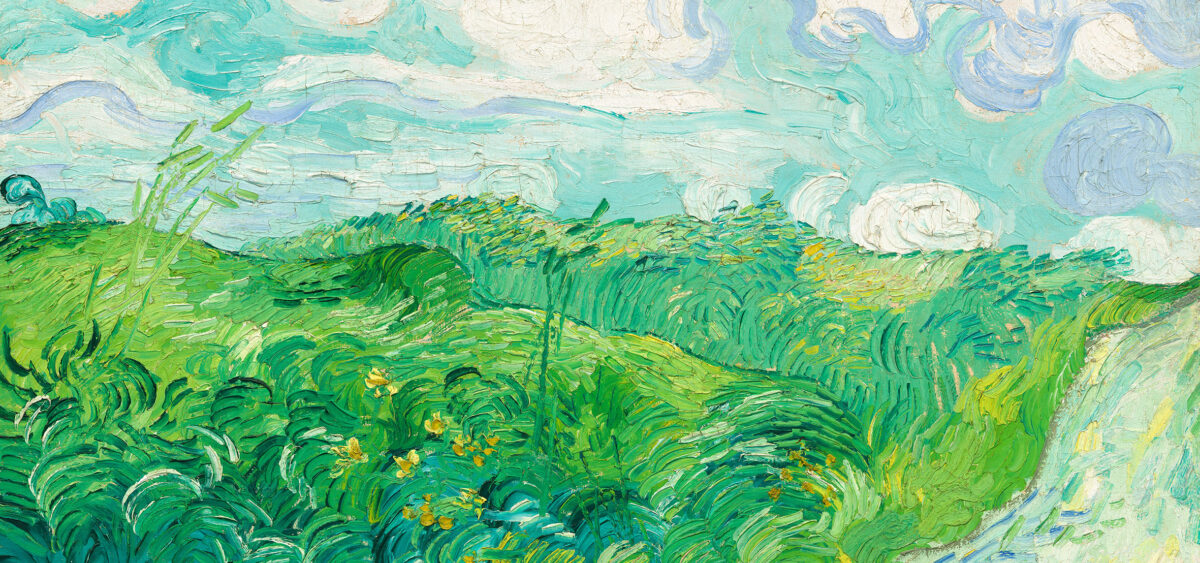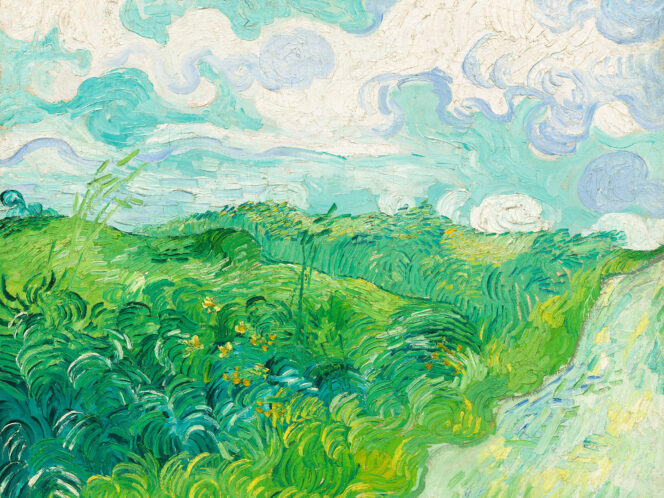It seems that art can’t exist without colors. They allow artists to imitate reality, draw piercing eyes, illustrate metaphors and hidden meanings. The history of color in art is a fascinating story of the changeability of human tastes and the power of our convictions, associations and . . . stereotypes.
“When we are asked, ‘What do the words red, blue, black, and white mean?’ We can, of course, immediately point to things which have these colors, but our ability to explain the meanings of these words goes no further!”
—Ludwig Wittgenstein
Stendhal’s most famous novel was supposed to be titled Julien, after the main protagonist. Later on, the writer decided to go with The Red and the Black.
“It’s a uniform and a cassock,” Polish writer Tadeusz Boy-Żeleński explained. “It’s the two Frances: Napoleon’s France and the Bourbons’ France.” Such is the most common interpretation of this enigmatic title. However, the red’s link to the army is not obvious, as Napoleonic uniforms were blue. That aside, red and black evoke numerous other associations: love and death, the colors gamblers bet on in roulette. The protagonist, Julien Sorel also speaks of “black ambition,” which could be counterbalanced by passionate red . . . Stendhal clearly liked the ambivalence of his title— right after The Red and the Black, he started working on a book called The Pink and the Green.
A man turns red with fury, blanches white with fear, or goes green with envy. But there are also days when he is feeling blue or looks at the world through rose-colored spectacles. Colors rouse strong emotional associations and carry symbolic meanings. However these—depending on the historical time and place can differ, and even be contradictory. Colors, which in some periods were associated with savagery, the devil or crime, in other periods won back their prestige and came to mean royal or even divine.
The Greek Tetrad of Colours
Up until the nineteenth century, it was thought that the ancient Greeks didn’t hold colors in high esteem. “There are four colours, in accordance with the number of the elements: white, black, red, and yellow,” wrote Empedocles, followed by Plato in Timaeus. But what about the blue of the sky and the green plants of spring? Homer compared the color of the sky to copper and iron, and that of the sea to wine. For us these are strange associations, but then again, the poet was supposedly blind. Some have even speculated that the human eye structure developed after the ancient times, and therefore, the Greeks couldn’t distinguish all shades. The Roman architect Vitruvius praised the ascetic approach of Greek painters: “The fact is that the artistic excellence which the ancients endeavored to attain by working hard and taking pains, is now attempted by the use of colors, and the brave show which they make, and expenditure by the employer prevents people from missing the artistic refinements that once lent authority to works.” But it is not true that the Greeks couldn’t tell colors apart or kept them in disdain. First, they preferred the colors of civilization over the colors of nature. Second, they distinguished between painting proper and architectural decoration. And, at least since the end of the eighteenth century, we have known that Greek statues were not snow white as many appear today. They were actually painted, quite vividly too, and what’s more—not at all realistically (in many cases, the hair was colored blue).
Nonetheless, the image of naked marble has proven particularly lasting. The entirety of neoclassical aesthetics was based on bare marble—from Canova’s Amor and Psyche, to the White House. Whiteness was associated with beauty and good taste, while color was barbarity, debauchery, and vulgarity. There is even an erotic subtext: male, distinct whiteness was juxtaposed with sensual, blurry colours. According to the New Yorker, Johann Winckelmann, known as the father of German art history, declared in the eighteenth century that “the whiter the body, the more beautiful it is”. While examining works of art excavated in Pompeii and Herculaneum, he noticed the remnants of pigments. He could not come to terms with this; he came to the conclusion that the ginger-haired Artemis in red sandals must have been created by the Etruscans. Even Goethe insisted that only barbarians, simpletons, and children had a weakness for color. Sophisticated people avoided garish-colored clothes and on an everyday basis surrounded themselves with toned-down shades.



